Renault Captur vs SsangYong Korando – Which one offers the better deal?
Compare performance, boot capacity, efficiency and price at a glance.
Find out which car is the better choice for you – Renault Captur or SsangYong Korando?
Costs and Efficiency:
Price and efficiency are key factors when choosing a car – and this is often where the real differences emerge.
Renault Captur has a noticeable advantage in terms of price – it starts at 21100 £, while the SsangYong Korando costs 27000 £. That’s a price difference of around 5863 £.
Fuel consumption also shows a difference: Renault Captur manages with 4.50 L and is therefore significantly more efficient than the SsangYong Korando with 7.50 L. The difference is about 3 L per 100 km.
Engine and Performance:
Power, torque and acceleration say a lot about how a car feels on the road. This is where you see which model delivers more driving dynamics.
When it comes to engine power, the SsangYong Korando has a clearly perceptible edge – offering 190 HP compared to 143 HP. That’s roughly 47 HP more horsepower.
In acceleration from 0 to 100 km/h, the SsangYong Korando is slight quicker – completing the sprint in 8.40 s, while the Renault Captur takes 8.90 s. That’s about 0.50 s faster.
In terms of top speed, the SsangYong Korando performs minimal better – reaching 191 km/h, while the Renault Captur tops out at 180 km/h. The difference is around 11 km/h.
There’s also a difference in torque: SsangYong Korando pulls noticeable stronger with 360 Nm compared to 265 Nm. That’s about 95 Nm difference.
Space and Everyday Use:
Whether family car or daily driver – which one offers more room, flexibility and comfort?
Both vehicles offer seating for 5 people.
In curb weight, Renault Captur is slightly lighter – 1323 kg compared to 1517 kg. The difference is around 194 kg.
In terms of boot space, the SsangYong Korando offers distinct more room – 551 L compared to 422 L. That’s a difference of about 129 L.
In maximum load capacity, the Renault Captur performs barely noticeable better – up to 1363 L, which is about 115 L more than the SsangYong Korando.
When it comes to payload, SsangYong Korando hardly perceptible takes the win – 463 kg compared to 453 kg. That’s a difference of about 10 kg.
Who wins the race?
The Renault Captur proves to be has the upper hand and therefore becomes our DriveDuel Champion!
Renault Captur is the better all-rounder in this comparison.
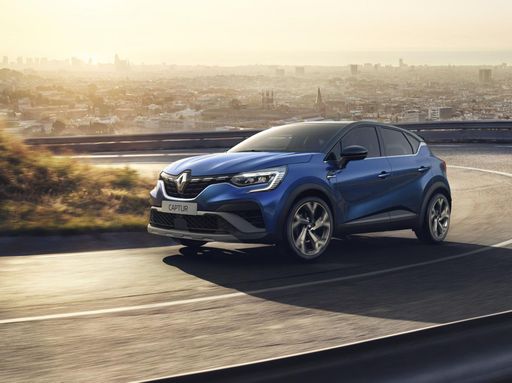 @ Renault Group Media
@ Renault Group Media
Renault Captur
Renault Captur
The Renault Captur is a cheeky little crossover that pairs city-friendly agility with a roomy, well-thought-out cabin and enough style to turn heads at the lights. It’s a sensible choice for buyers who want practical versatility and a dash of personality on their daily drives, without taking itself too seriously.
details @ Renault Group Media
@ Renault Group Media
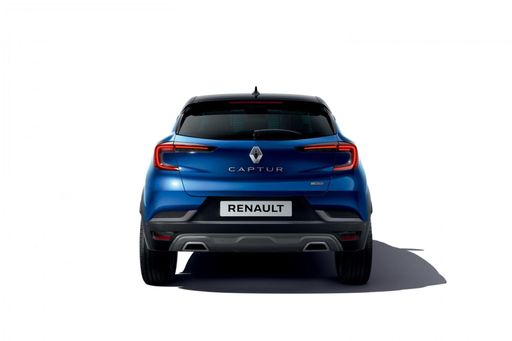 @ Renault Group Media
@ Renault Group Media
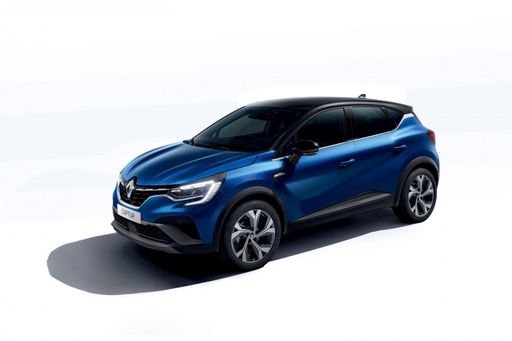 @ Renault Group Media
@ Renault Group Media
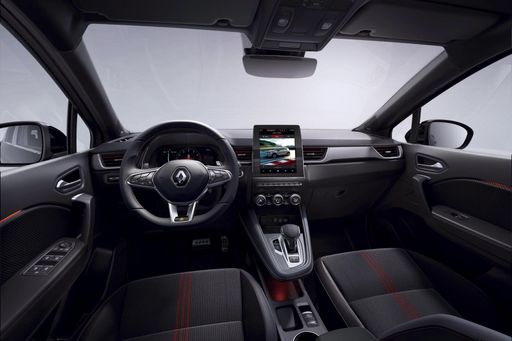 @ Renault Group Media
@ Renault Group Media
SsangYong Korando
The SsangYong Korando offers a blend of contemporary design and practicality, making it an appealing choice for urban adventurers. Its spacious interior and comfortable seating ensure a pleasant driving experience for both driver and passengers. With its reliable performance and advanced features, the Korando stands out in the competitive SUV market.
details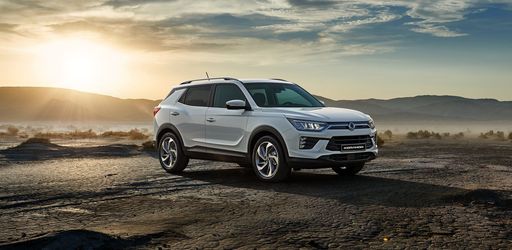 @ SsangYong Motor / KG Mobility
@ SsangYong Motor / KG Mobility
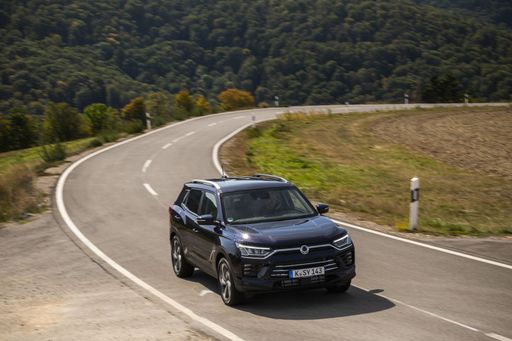 @ SsangYong Motor / KG Mobility
@ SsangYong Motor / KG Mobility
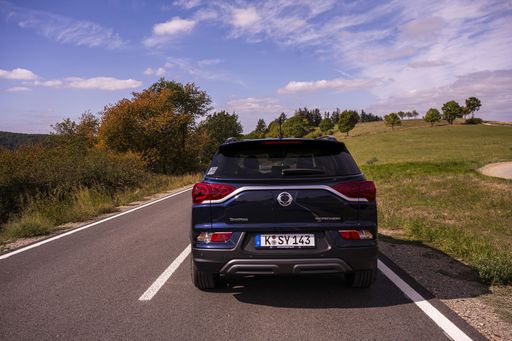 @ SsangYong Motor / KG Mobility
@ SsangYong Motor / KG Mobility
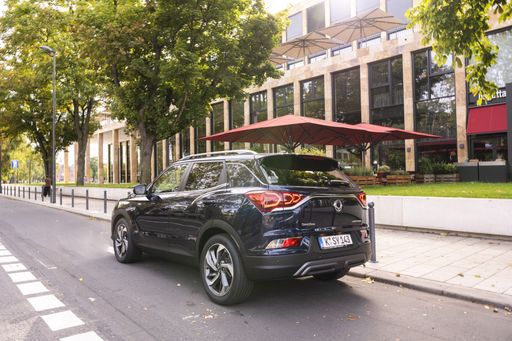 @ SsangYong Motor / KG Mobility
@ SsangYong Motor / KG Mobility
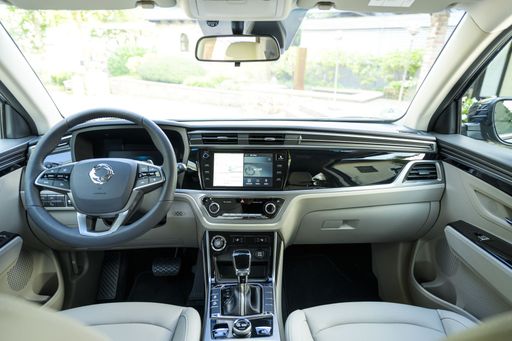 @ SsangYong Motor / KG Mobility
@ SsangYong Motor / KG Mobility
 @ Renault Group Media
@ Renault Group Media
|
 @ SsangYong Motor / KG Mobility
@ SsangYong Motor / KG Mobility
|
|
|
|
Costs and Consumption |
|
|---|---|
|
Price
21100 - 28300 £
|
Price
27000 - 42000 £
|
|
Consumption L/100km
4.5 - 6 L
|
Consumption L/100km
7.5 - 8.6 L
|
|
Consumption kWh/100km
-
|
Consumption kWh/100km
16.80 kWh
|
|
Electric Range
-
|
Electric Range
339 km
|
|
Battery Capacity
-
|
Battery Capacity
-
|
|
co2
102 - 137 g/km
|
co2
0 - 197 g/km
|
|
Fuel tank capacity
48 L
|
Fuel tank capacity
50 L
|
Dimensions and Body |
|
|---|---|
|
Body Type
SUV
|
Body Type
SUV
|
|
Seats
5
|
Seats
5
|
|
Doors
5
|
Doors
5
|
|
Curb weight
1323 - 1514 kg
|
Curb weight
1517 - 1840 kg
|
|
Trunk capacity
326 - 422 L
|
Trunk capacity
551 L
|
|
Length
4239 mm
|
Length
4450 - 4465 mm
|
|
Width
1797 mm
|
Width
1870 mm
|
|
Height
1575 mm
|
Height
1620 - 1645 mm
|
|
Max trunk capacity
1276 - 1363 L
|
Max trunk capacity
1248 L
|
|
Payload
376 - 453 kg
|
Payload
410 - 463 kg
|
Engine and Performance |
|
|---|---|
|
Engine Type
Full Hybrid, Petrol, Petrol MHEV
|
Engine Type
Petrol, Electric
|
|
Transmission
Automatic, Manuel
|
Transmission
Manuel, Automatic
|
|
Transmission Detail
Automatic Gearbox, Manual Gearbox, Dual-Clutch Automatic
|
Transmission Detail
Manual Gearbox, Automatic Gearbox, Reduction Gearbox
|
|
Drive Type
Front-Wheel Drive
|
Drive Type
Front-Wheel Drive, All-Wheel Drive
|
|
Power HP
115 - 143 HP
|
Power HP
163 - 190 HP
|
|
Acceleration 0-100km/h
8.9 - 12.3 s
|
Acceleration 0-100km/h
8.40 s
|
|
Max Speed
180 km/h
|
Max Speed
156 - 191 km/h
|
|
Torque
160 - 265 Nm
|
Torque
260 - 360 Nm
|
|
Number of Cylinders
3 - 4
|
Number of Cylinders
4
|
|
Power kW
84 - 116 kW
|
Power kW
120 - 140 kW
|
|
Engine capacity
1199 - 1789 cm3
|
Engine capacity
1497 cm3
|
General |
|
|---|---|
|
Model Year
2025
|
Model Year
2021 - 2023
|
|
CO2 Efficiency Class
C, D, E
|
CO2 Efficiency Class
F, G, A
|
|
Brand
Renault
|
Brand
SsangYong
|
What drive types are available for the Renault Captur?
The Renault Captur is offered with Front-Wheel Drive.
The prices and data displayed are estimates based on German list prices and may vary by country. This information is not legally binding.
